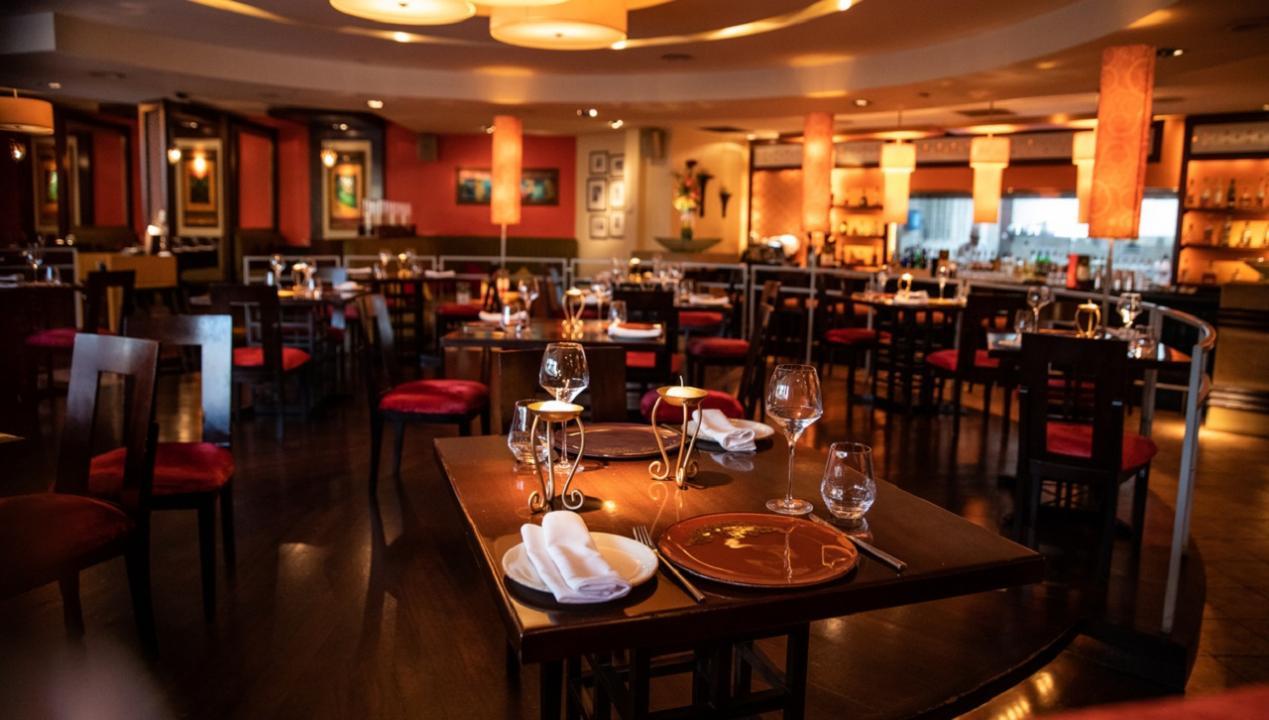Guardians of the city’s culinary legacies and restaurateurs must work together to ensure that eateries with iconic dishes are able to preserve innovative, authentic fare that deserves to be on the world’s food map

Representative Image. Pic/iStock
 There was a routine that I had picked up back in the dark days of the lockdown that offered escape every so often. It was an armchair ticket to the glorious [and lesser-known] sights and sounds across the world, courtesy BBC’s The Travel Show. Slickly produced, packed with engaging, off-the-grid content, and anchored by a bunch of diverse presenters [including a wheelchair-bound host], the show appealed to my eclectic senses. It remains one of my favourite unwind viewing sessions till date whenever I yearn for a temporary getaway whilst being stuck within the concrete city.
There was a routine that I had picked up back in the dark days of the lockdown that offered escape every so often. It was an armchair ticket to the glorious [and lesser-known] sights and sounds across the world, courtesy BBC’s The Travel Show. Slickly produced, packed with engaging, off-the-grid content, and anchored by a bunch of diverse presenters [including a wheelchair-bound host], the show appealed to my eclectic senses. It remains one of my favourite unwind viewing sessions till date whenever I yearn for a temporary getaway whilst being stuck within the concrete city.
ADVERTISEMENT
On a recent episode, in one of the segments, the host, a Vietnamese-American who’s now settled in the UK, goes to Glasgow to find out more about the origins of the chicken tikka masala since the city is believed to be the home of this dish [talk about diversity from every angle!]. He heads to Shish Mahal, a South Asian diner that’s run by current generation owners whose origins trace back to Pakistan. It was fascinating to hear him speak of his father, Ali Ahmed Aslam’s creation, and the hype and hysteria around the dish after it became popular at the restaurant. From black-and-white photos of long queues outside the space, to his father proudly holding the plated dish in his hand, it made for the perfect culinary-meets-nostalgia headline that will draw the attention of all foodies and history buffs. The host also mentioned that the dish’s origins had several claimants but this iconic restaurant continues to earn worldwide fame for this creation, which like most such popular restaurant hits, is made using a secret sauce that remains closely-guarded.
What is the link between the Glasgow-chicken tikka masala segment and my city? That 15-minute capsule got me thinking—imagine the number of restaurants and cafés here that can stake claim to inventing dishes in their kitchens? Going by how we’ve been a melting pot for centuries, with migrations from the mainland as well as the seas, it’s a no-brainer when it comes to how blessed we’ve been thanks to the continuous flow of communities, and with it, their culinary traditions. While not all of it would have seeped into restaurant menus, I am pretty sure that there are quite a few gems tucked away in sooty, greasy kitchens across the length and breadth of the city. And, in the same breath, I dread to count how many such culinary treasures would have been phased out, especially when family-run establishments bite the dust. I let out a silent cry each time this newspaper reported about an eatery’s demise in the aftermath of the lockdown. God knows, which innovative dishes would have died when their kitchen’s shutters came rolling down that one last time.
Even today, I don’t see too many attempts being made to showcase stellar dishes that can boast of the Bombay/Mumbai-origin stamp. Or even if it is happening, it is few and far between for a large, multi-cultural city like ours. Britannia & Company in Ballard Estate and Noor Mohammadi in Bhendi Bazaar are known for their berry pulao and chicken Sanju Baba, respectively, and thankfully, are doing a great job of ensuring those dishes get their due as far as cool culinary stories go. What about the rest? Most of the time, these remain confined to lore from local storytellers and foodies. Restaurateurs who believe they have inventive dishes must do their best to keep such dishes on the menus for as long as possible and make a noise about it. I loved how the Shish Mahal owner took great pains to ensure the world was aware of his father’s culinary wizardry.
Have you noticed how typical firang travel shows almost always skim the surface when it comes to highlighting our city’s culinary delights? Bhel puri at Juhu beach, pav bhaji at a pokey Khau Galli, and the staple vada pao at a busy marketplace are the usual frames that get flashed in these episodes. Last week, The Guide section in this newspaper wrote about a session that paid tribute to the city’s gymkhana culture, and its unique menu inventions—from chilli cheese toast to caramel custard and Nelson Wang’s inspirational Chicken Manchurian. Each of these dishes has a fascinating story. It is mentions like these that we wish got more airtime.
In today’s ‘I’ve gotta-Insta-everything-I-see’ era, food bloggers and influencers emerge from every corner who are happy to show their ‘finds’ [read: drool-worthy, lip-smacking fare]–both from high-end and rasta fare, but how many are serious about relaying the histories of their origins, or to help guide these sometimes not-so-tech-savvy owners and make them aware of the legacy they are sitting on, and how it can benefit him, in the larger picture? Your guess is as good as mine.
Wouldn’t it be wonderful to watch vignettes from Bandra’s oldest bakeries or a walkthrough of Kalbadevi’s popular khichdi eateries, or have us dive into the kitchens of Kurla’s oldest kebab makers the next time a travel show—desi or international—does a city food trail? The onus is on the owners to preserve these legacies and speak up, document these inventions, and for genuine culinary historians, as well as influencers to trumpet about these achievements even more, and thus help empower such local champions so that they get their duly deserved day in the sun.
mid-day’s Features Editor Fiona Fernandez relishes the city’s sights, sounds, smells and stones...wherever the ink and the inclination takes her. She tweets @bombayana
Send your feedback to mailbag@mid-day.com
 Subscribe today by clicking the link and stay updated with the latest news!" Click here!
Subscribe today by clicking the link and stay updated with the latest news!" Click here!







